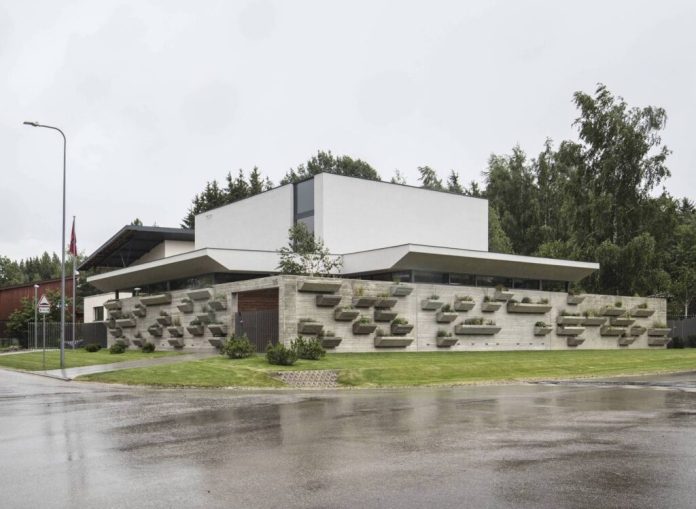
We’ve often discussed mass and void in the context of design. Yet, the walls that envelope our living space are worthy of another discourse. The façade is a big actor in terms of safety, first impression and the overall design expression of urban-scape. But, in a world where most houses are street adjacent, another layer of protection is introduced in the form of compound or boundary walls. Fences, hedges, border wall or surrounding wall are important elements of architecture which lend character to the building and segregate public and private layers of the city. So, we decided to feature some elegant examples of compound walls to spark your imagination!
Let it breathe
The team at Arches designed this beautiful compound wall to greet commuters at the road intersection. This stark white modern house occupies the corner plot making the fence more prominent on the crossroad. In an Archdaily article, the designers explain the motive behind the wall, “The proposal of the sculptural concrete wall of the house with plant inclusions also helps to highlight the desire not to privatize the street space, but rather to enrich it and turn it into a gateway to the deep world of the community.” A simple planter detail projecting both outside and inside, adds life to the wall. The concrete is then ‘colored’ with bright greens and flowers at different heights. This also adds a dynamic seasonal quality to the otherwise monochrome design.
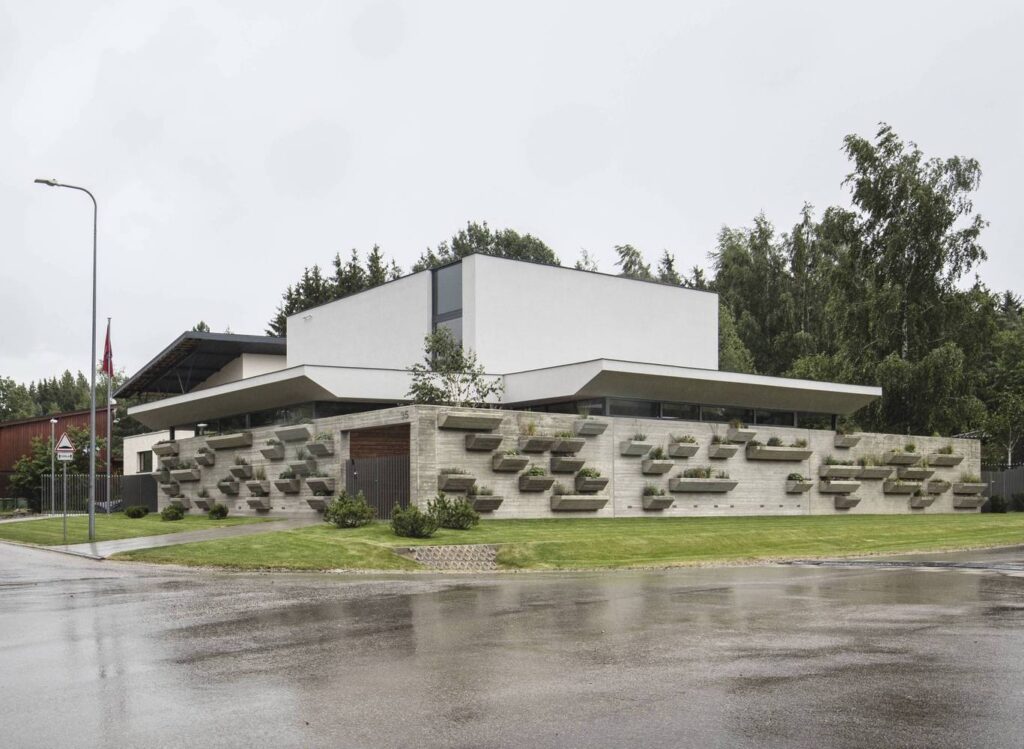
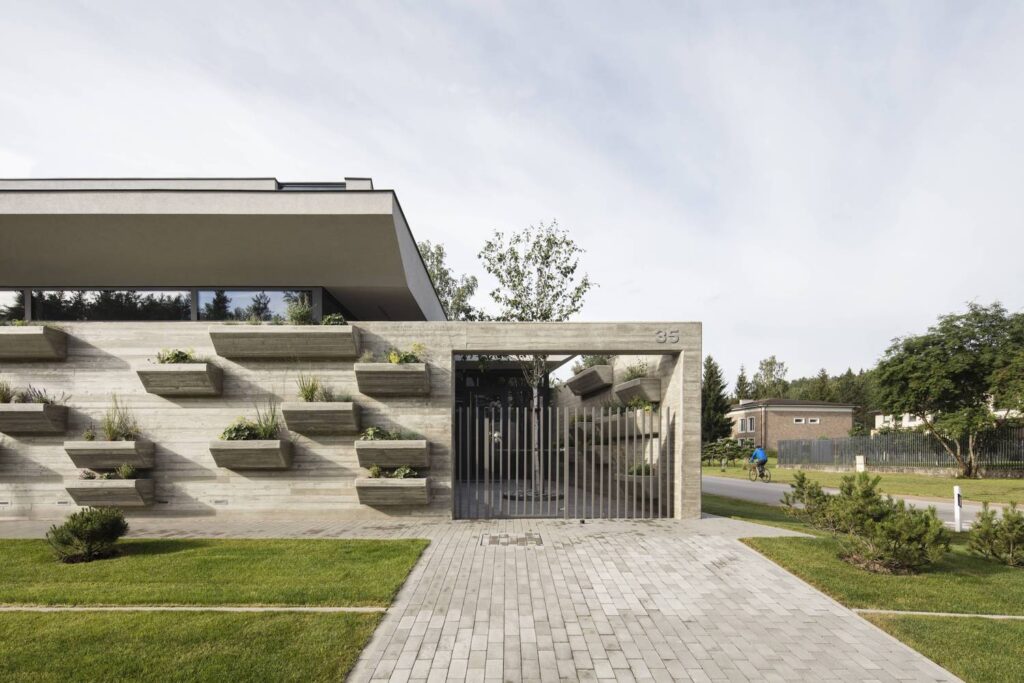
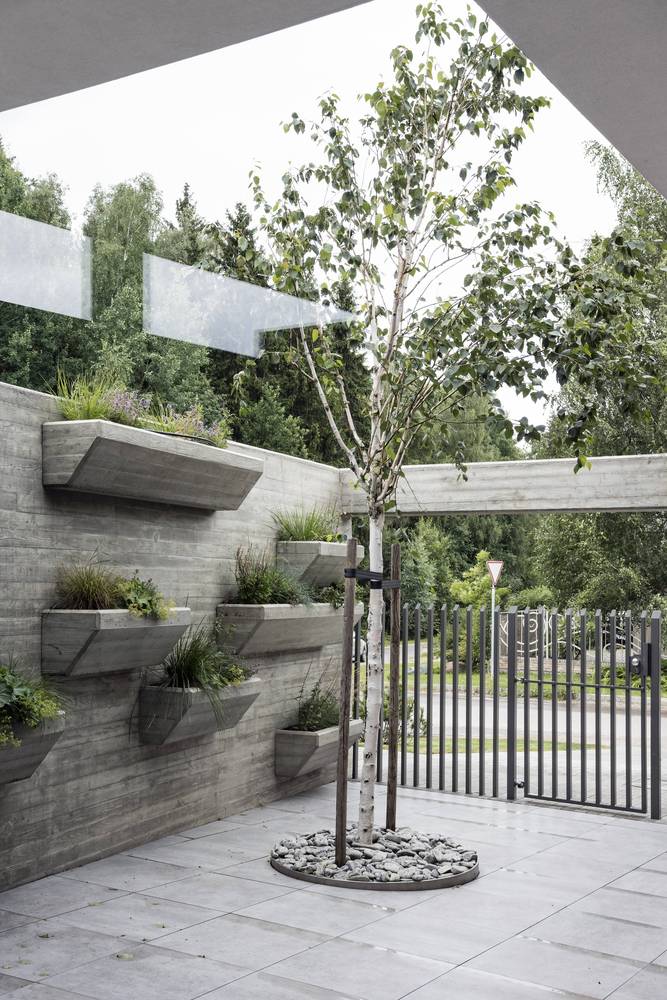
Difference between
Between Spaces has crafted this beautiful residence in Bangalore where the boundary wall is part of the façade design. This modern approach blurs the line between inside and outside, the house and the garden and attempts to weave all components in the same language. This prevents ‘the house within the wall’ effect yet serves as a partition between the living space and the street. Also situated on a corner plot, the porous boundary wall becomes one of the many layers around multiple verandahs which gradually leads the visitor to the innermost sanctum space.
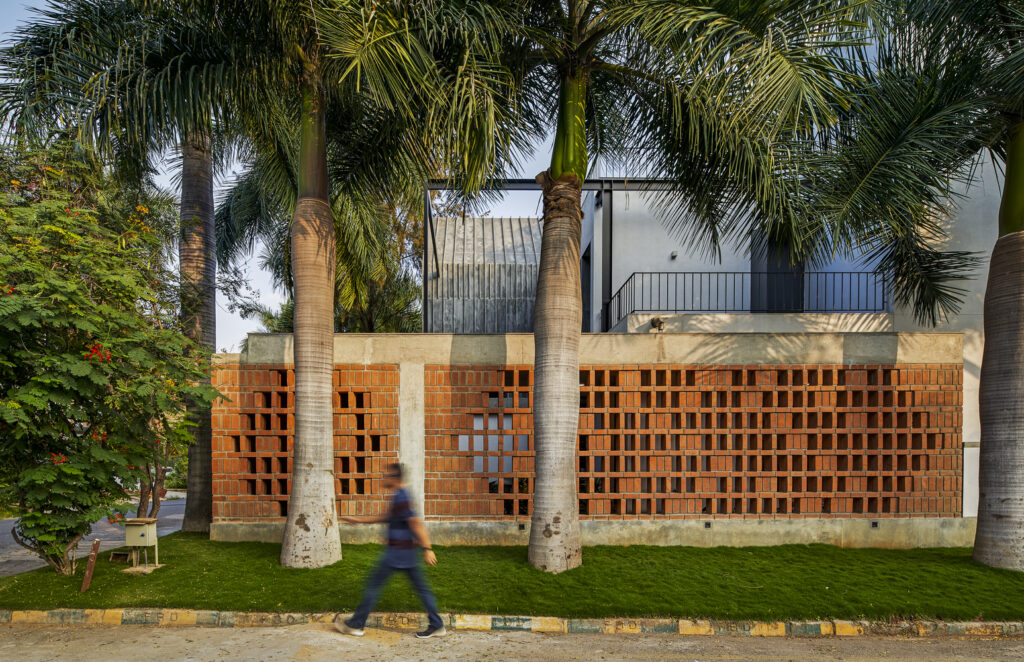
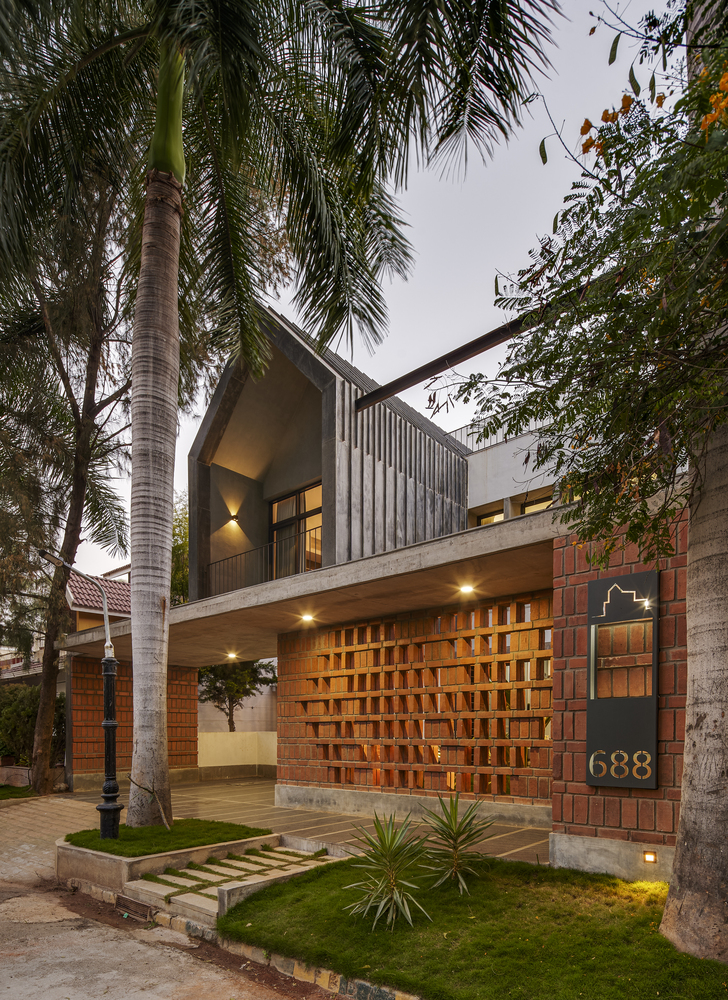
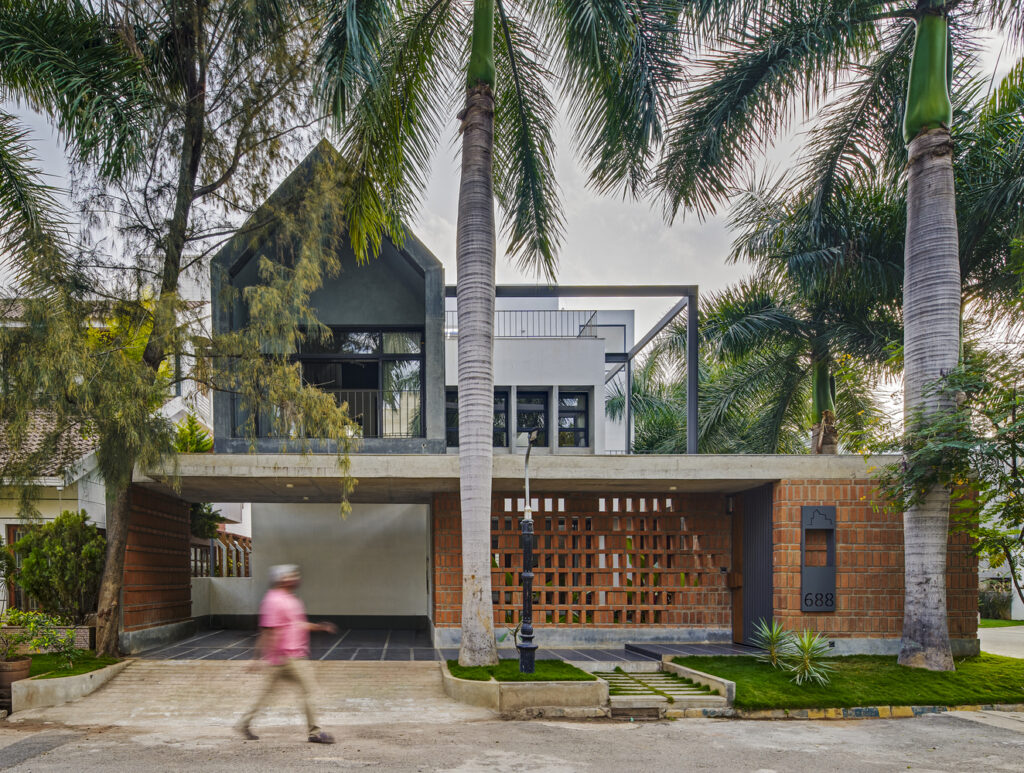
Creating gaps
The Character Café and Gallery in Iran by Ojan Design Studio has an interesting boundary wall composed of different colors, textures and materials. As a hospitality space, the designers made sure to create enough curiosity for the passerby by introducing gaps yet providing a safety net for the property with hedges. The different bands of concrete, Corten steel and greens will eventually receive a beautiful patina relating the maturity of the campus. The bands also make an excellent canvas for branding. Overall, a smart and simple solution for the fence wall.
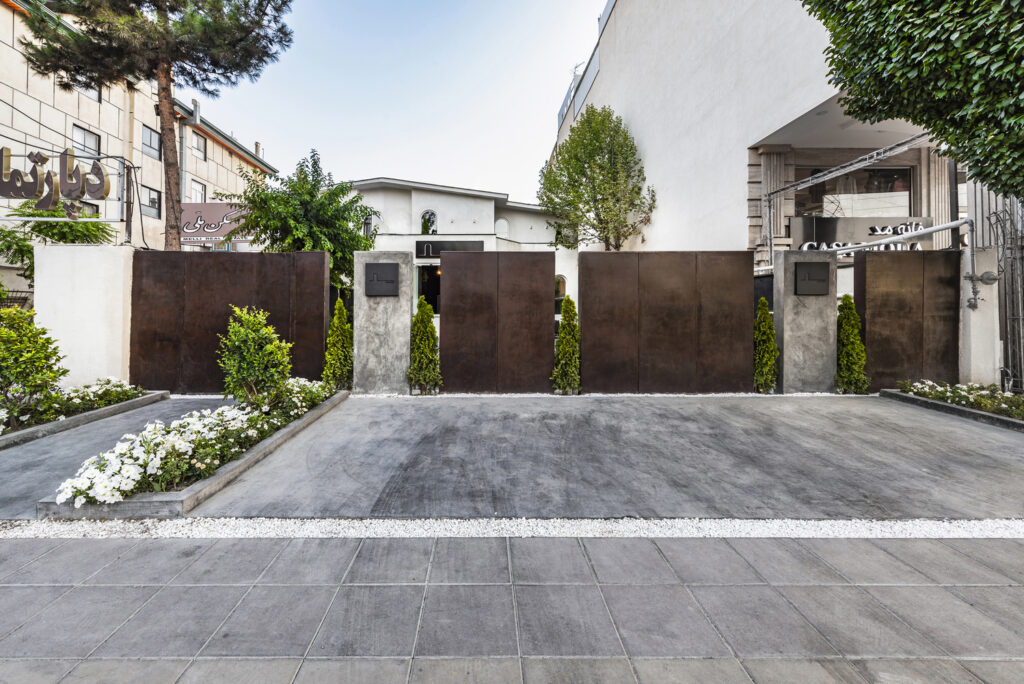
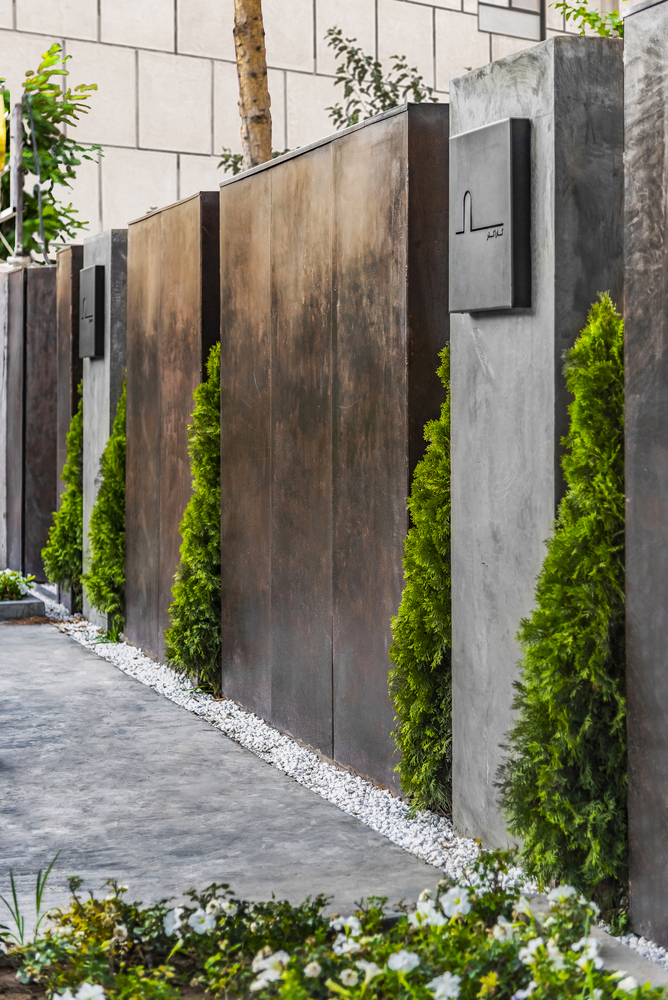
Secure identity
High fences or compound walls around estates or hospitality buildings play a larger role in creating security and identity. Here, the boundary needs to convey the building design language and create enough curiosity for the façade which is not completely visible. Walls along the driveway or entry road are also created to provoke suspense, add branding and put an additional layer of security. The following examples are miscellaneous illustrations of how porous or completely opaque boundary walls can be made in the same harmony as the rest of the façade and landscape design.


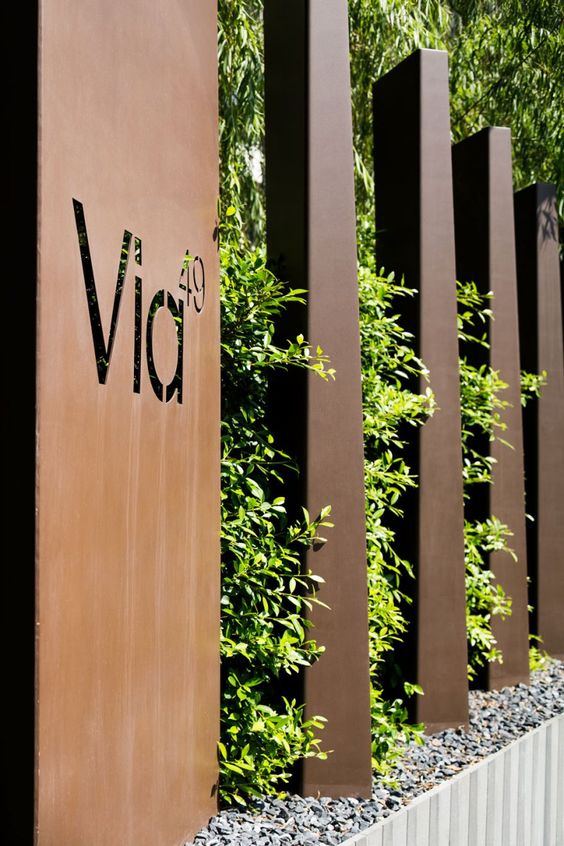





Gone are the days where chicken mesh or wiring was enough to make a boundary wall. White picket fences are also a thing of the past. With modern home security systems like CCTVs, biometric locks or intercoms in place, designers have more freedoms to experiment with boundary walls. Adding features like a small water body, planters at different levels, different materials, green wall, lighting or name plates is an excellent approach to make your house stand out. It becomes an identity or landmark factor without disrupting the harmony of the streetscape. It also tells the visitor what to expect inside. Erecting a dull wall around the building, which is anyone’s first point of interaction with the design, is a rookie mistake which we hope this article will save you from making!
